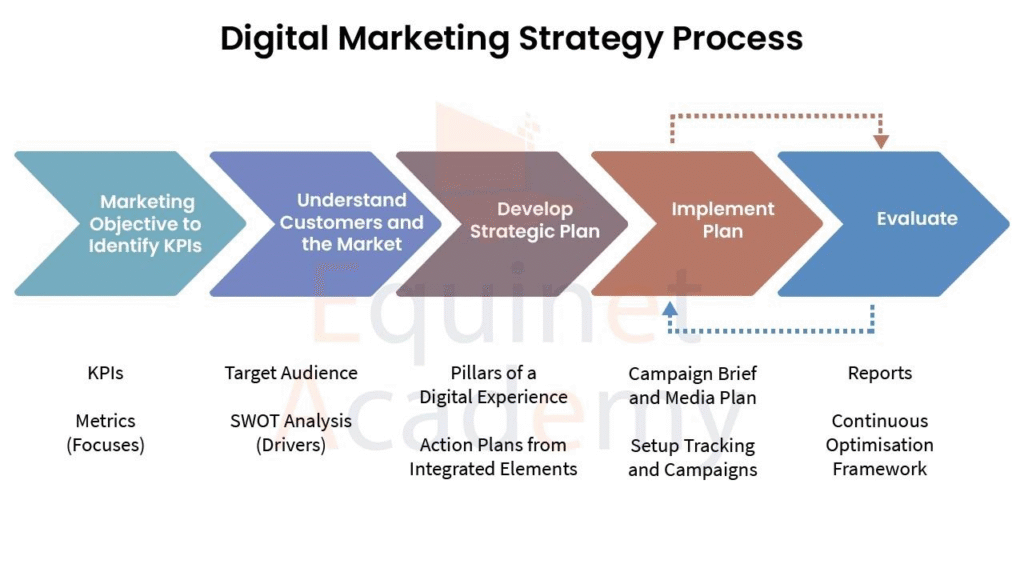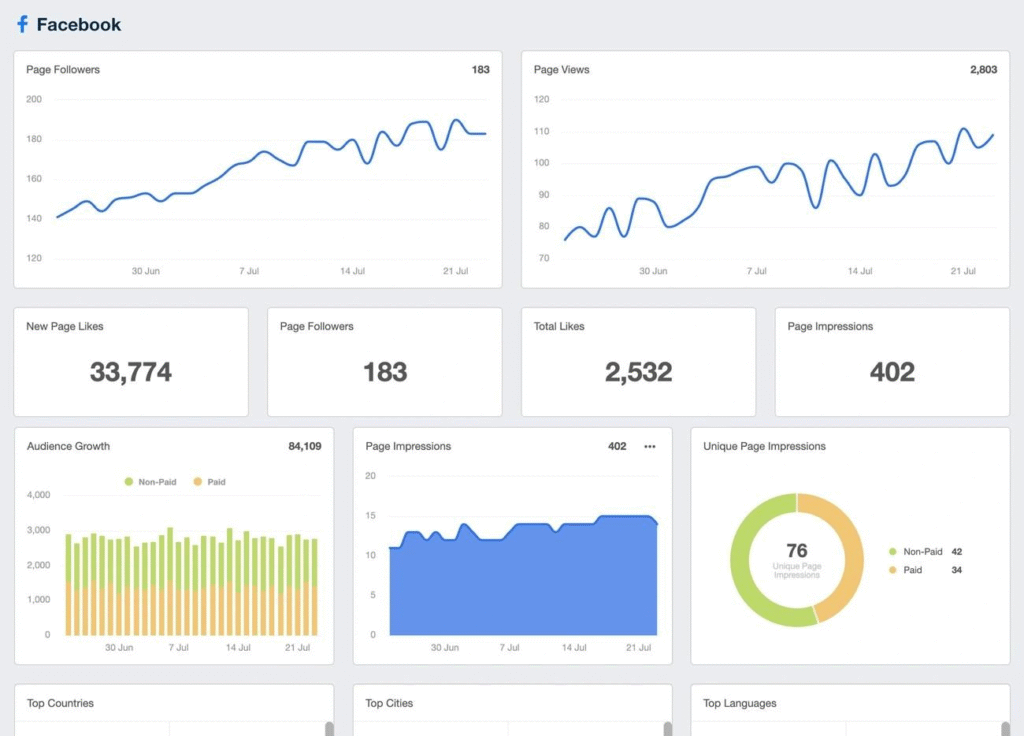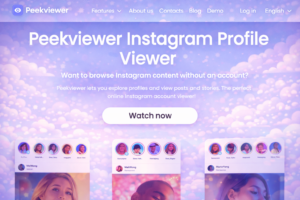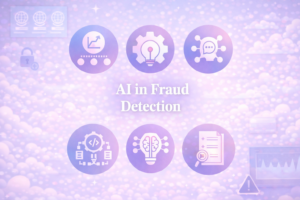Businesses spent an estimated 210 billion dollars on search ads in 2024, highlighting just how much companies are willing to invest in digital marketing.
Yet this spending covers only one part of a much larger picture. More than half of senior marketers are increasing their digital budgets, but many still struggle to find the talent and strategies that truly meet customer needs.
A successful approach requires more than chasing the latest trends. It depends on four key elements: clear goals, a well-defined audience, a realistic budget, and metrics that reveal meaningful results.
These elements ensure that every effort connects to business objectives, whether the aim is to generate leads, build brand awareness, or reach the five billion people active on social media worldwide.
This article will guide you through building a strategy that drives real growth in 2025.
You will learn how to create a framework that helps your brand stay proactive and competitive in the digital marketplace.
Understand the Foundation of a Digital Marketing Strategy
A digital marketing strategy works as a long-term, high-level plan to achieve specific business goals. This plan goes beyond a simple list of activities.
It provides a complete framework that outlines your approach and sets strategic goals. Your master plan connects with your target audience and gives you an edge over competitors.
What makes a strategy different from tactics
People often mix up strategy with tactics. These terms serve two different purposes:
Strategy answers these vital questions:
- What are we trying to achieve?
- Why does this matter?
Tactics are specific actions and marketing activities you use to execute the strategy. Your strategy resembles a map that shows your destination, while tactics are the steps you take on your trip.
The relationship follows a clear order:
- Strategy: Sets overall goals that line up with business objectives
- Campaigns: Time-bound initiatives focused on specific goals
- Tactics: Detailed, actionable steps you take within campaigns
Why a clear strategy matters in 2025
The current competitive digital marketing world demands a well-defined strategy.
Research reveals that 47% of companies lack a defined digital marketing strategy, yet they continue their digital marketing efforts.
This gap results in campaigns that look busy but fail to deliver results.
A clear strategy makes sure all tactics work together to reach specific business goals. Without this coordination, you might waste resources on scattered efforts that don’t help you grow.
A sound strategy helps you understand where you stand in the market. Businesses need to separate themselves from competitors in 2025’s digital environment.
A well-planned digital marketing strategy helps achieve this goal.
Better resource allocation becomes possible – this matters because 53% of senior marketers spend more money on digital marketing channels.
Set the Right Foundation Before You Start

A solid foundation is essential to building a successful digital marketing strategy.
You must understand your target audience, available assets, goals, and best-performing channels before starting any campaigns.
The following areas deserve your attention if you want lasting success:
- Define your target audience and buyer personas: Your digital marketing strategy’s success starts with knowing your target audience. Most companies can’t target “everyone” effectively—trying to sell to everyone usually means selling to nobody. Your target audience includes people who will benefit most from your products.
- Audit your current digital assets and channels: A detailed digital audit shows you a bird’s-eye view of your business and its customers. You need to check your website’s performance, find all active social media profiles, review admin access, and look at past campaign results. This audit reveals which digital channels boost performance so you can focus on what works and drop what doesn’t.
- Set SMART goals that line up with business outcomes: Your digital marketing goals should be Specific, Measurable, Achievable, Relevant, and Time-bound. SMART objectives create a roadmap for success instead of chasing vague aspirations. Rather than just “increasing awareness,” set specific targets like “achieve a 25% increase in guide downloads each quarter”.
- Choose the right marketing channels for your audience: The best marketing channels aren’t about maximum reach. They’re about finding where your brand connects with your audience most effectively. Think over factors like audience participation, budget-friendly options, and conversion potential.
Top 4 Digital Marketing Strategies That Drive Growth

The right strategies will deliver real results after you build your foundation.
Let’s get into four digital marketing approaches that propel development in today’s digital world.
1. Content Marketing
Content marketing is the backbone of any successful digital marketing strategy. Your content marketing strategy represents your “why”—your reason for creating content, your target audience, and your unique way to help them.
Companies make use of content marketing to build their audience and achieve better revenue, reduce costs, or create stronger customer relationships.
About 75% of consumers will likely buy from brands that deliver personalized content.
2. Search Engine Optimization (SEO)
SEO remains essential to sustainable growth.
This technique improves your organic visibility and helps your website rank higher in search results without relying on paid ads.
BrightEdge research shows organic search drives 53% of all online traffic and contributes 44% to revenue share.
Strong SEO also boosts brand awareness by keeping you ahead of competitors.
For local businesses, this is especially important since nearly half of Google searches have local intent and 72% of consumers visit stores within five miles after a local search.
Many companies turn to a Nashville digital marketing agency to strengthen their local SEO efforts and turn online visibility into measurable growth.
3. Email Marketing
Email marketing stands out because you control everything directly. You manage your subscriber list yourself, unlike other channels that depend on algorithms.
This approach works best with analytical insights and personalization.
Yes, it is more than just using someone’s name—you need dynamic content that matches your subscribers’ interests and their place in your sales funnel.
Strategic email campaigns help you nurture leads, turn prospects into customers, and keep existing customers happy while tracking metrics like open rates, click-throughs, and conversions.
Tools like Cirrus make this process more seamless by connecting your inbox with your CRM, while integrations such as Salesforce for Outlook help teams keep communication organized and ensure every interaction with a lead is properly tracked.
4. Paid Advertising (PPC and Social Ads)
Paid advertising gives you instant visibility through strategic placement.
PPC (pay-per-click) is budget-friendly as you pay only when someone clicks your ad, helping you reach specific audiences.
Social media ads saw a 0.98% click-through rate in Q4 2023, with costs ranging from about $2.00 for Google search ads to $0.63 for display ads.
PPC automation has changed campaign management, offering better efficiency and personalized messaging. Retargeting campaigns help you reconnect with previous website visitors.
B2B companies find LinkedIn ads excellent for lead generation, with 82% of B2B marketers using the platform.
Measure, Optimize, and Scale Your Strategy

Your digital marketing strategy succeeds when it is measured and refined continuously, because what gets measured gets managed. Proper metrics form the foundation for sustainable practices and long-term growth.
To put this into action, here are the key steps you should follow:
- Track KPIs that align with your goals by focusing on metrics that directly connect to business outcomes, such as revenue growth, lead conversion, or customer retention. Measuring what truly matters keeps your team on track and accountable.
- Skip vanity metrics that look impressive on the surface but fail to deliver useful insights, such as follower counts or raw traffic numbers. Instead, concentrate on conversion rates, customer lifetime value, and acquisition costs that show real progress.
- Let A/B testing and analytics guide improvements by experimenting with ad copy, audience targeting, or landing pages. This data-driven approach reduces guesswork and ensures you invest only in strategies proven to perform.
- Reinvest in high-performing channels once you know what works best for your audience. Doubling down on successful campaigns helps you scale results while maximizing efficiency and return on investment.
- Automate reporting and optimization wherever possible so your team spends less time on manual tracking and more time refining strategy. Automation tools keep insights flowing in real time, making it easier to react quickly to changes.
Conclusion
Building a digital marketing strategy that truly drives growth in 2025 requires more than simply increasing budgets or following the latest trends.
Success comes from creating a foundation with clear goals, a defined audience, a realistic budget, and meaningful metrics. When these pillars guide your efforts, every channel you use works together toward measurable business outcomes.
As the digital world continues to evolve, the businesses that thrive will be those that approach marketing as a long-term strategy rather than a set of disconnected tactics.
By laying the right groundwork, choosing the most effective channels, and continuously improving performance, your organization can turn digital marketing into a true driver of growth in 2025 and beyond.








